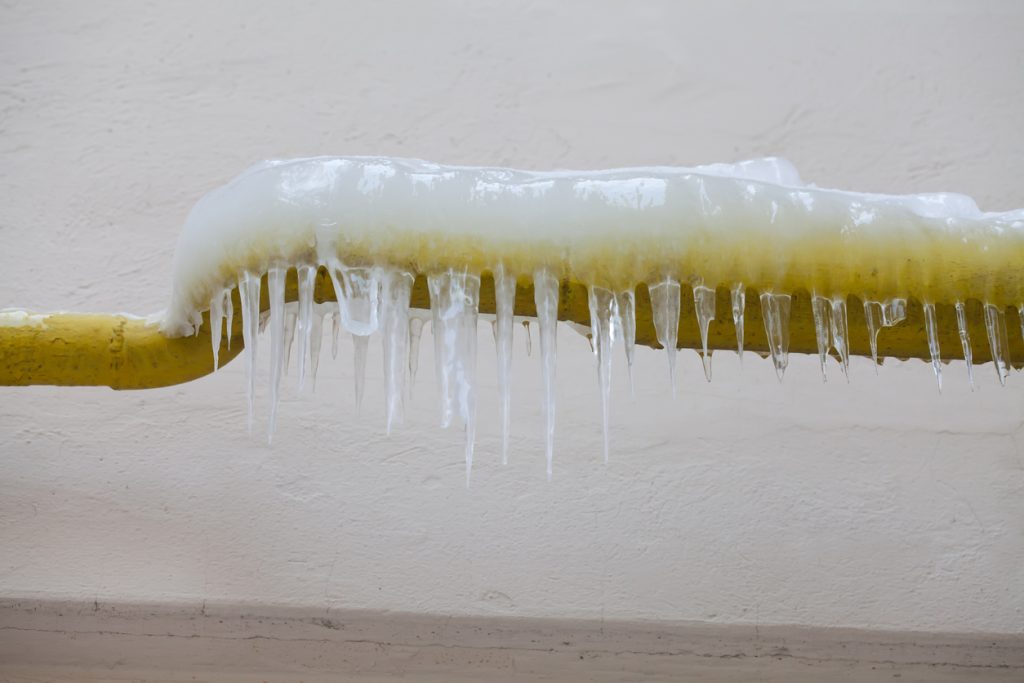Protecting Against Frozen Pipes in Cold Weather: Key Strategies
Protecting Against Frozen Pipes in Cold Weather: Key Strategies
Blog Article
Were you searching for insight involving Preventing and dealing with frozen pipes?

Winter can wreak havoc on your pipes, particularly by freezing pipelines. Below's exactly how to prevent it from happening and what to do if it does.
Introduction
As temperatures decline, the danger of icy pipes increases, possibly bring about pricey repairs and water damage. Recognizing how to stop frozen pipes is important for house owners in cool climates.
Understanding Frozen Pipes
What causes pipes to ice up?
Pipes freeze when subjected to temperature levels listed below 32 ° F (0 ° C) for prolonged durations. As water inside the pipelines freezes, it expands, taxing the pipe wall surfaces and potentially creating them to burst.
Threats and problems
Icy pipes can bring about supply of water disruptions, building damage, and expensive repair services. Burst pipes can flood homes and trigger considerable architectural damage.
Indications of Frozen Water Lines
Identifying icy pipes early can stop them from breaking.
Just how to recognize frozen pipes
Try to find decreased water flow from faucets, unusual smells or noises from pipelines, and visible frost on subjected pipelines.
Avoidance Tips
Shielding at risk pipes
Cover pipes in insulation sleeves or use heat tape to shield them from freezing temperatures. Focus on pipelines in unheated or external locations of the home.
Heating techniques
Maintain interior areas appropriately heated up, especially areas with pipes. Open up cabinet doors to allow cozy air to circulate around pipelines under sinks.
Safeguarding Outside Plumbing
Garden pipes and outside faucets
Separate and drain pipes garden hoses prior to winter season. Set up frost-proof faucets or cover outside faucets with protected caps.
What to Do If Your Pipes Freeze
Immediate actions to take
If you think icy pipelines, keep taps open up to ease stress as the ice melts. Use a hairdryer or towels taken in hot water to thaw pipes slowly.
Long-Term Solutions
Structural modifications
Take into consideration rerouting pipelines away from exterior walls or unheated areas. Add added insulation to attic rooms, cellars, and crawl spaces.
Updating insulation
Buy high-quality insulation for pipelines, attics, and walls. Appropriate insulation assists keep constant temperatures and minimizes the threat of icy pipes.
Verdict
Stopping icy pipelines calls for positive actions and fast actions. By recognizing the reasons, indicators, and preventive measures, homeowners can secure their plumbing during cold weather.
5 Ways to Prevent Frozen Pipes
Drain Outdoor Faucets and Disconnect Hoses
First, close the shut-off valve that controls the flow of water in the pipe to your outdoor faucet. Then, head outside to disconnect and drain your hose and open the outdoor faucet to allow the water to completely drain out of the line. Turn off the faucet when done. Finally, head back to the shut-off valve and drain the remaining water inside the pipe into a bucket or container. Additionally, if you have a home irrigation system, you should consider hiring an expert to clear the system of water each year.
Insulate Pipes
One of the best and most cost-effective methods for preventing frozen water pipes is to wrap your pipes with insulation. This is especially important for areas in your home that aren’t exposed to heat, such as an attic. We suggest using foam sleeves, which can typically be found at your local hardware store.
Keep Heat Running at 65
Your pipes are located inside your walls, and the temperature there is much colder than the rest of the house. To prevent your pipes from freezing, The Insurance Information Institute suggests that you keep your home heated to at least 65 degrees, even when traveling. You may want to invest in smart devices that can keep an eye on the temperature in your home while you’re away.
Leave Water Dripping
Moving water — even a small trickle — can prevent ice from forming inside your pipes. When freezing temps are imminent, start a drip of water from all faucets that serve exposed pipes. Leaving a few faucets running will also help relieve pressure inside the pipes and help prevent a rupture if the water inside freezes.
Open Cupboard Doors
Warm your kitchen and bathroom pipes by opening cupboards and vanities. You should also leave your interior doors ajar to help warm air circulate evenly throughout your home.

We had been shown that article about 6 Ways to Prevent Frozen Pipes through an acquaintance on another blog. Those who liked our article plz remember to share it. I am grateful for being here. Kindly stop by our blog back soon.
Book Your Appointment Report this page